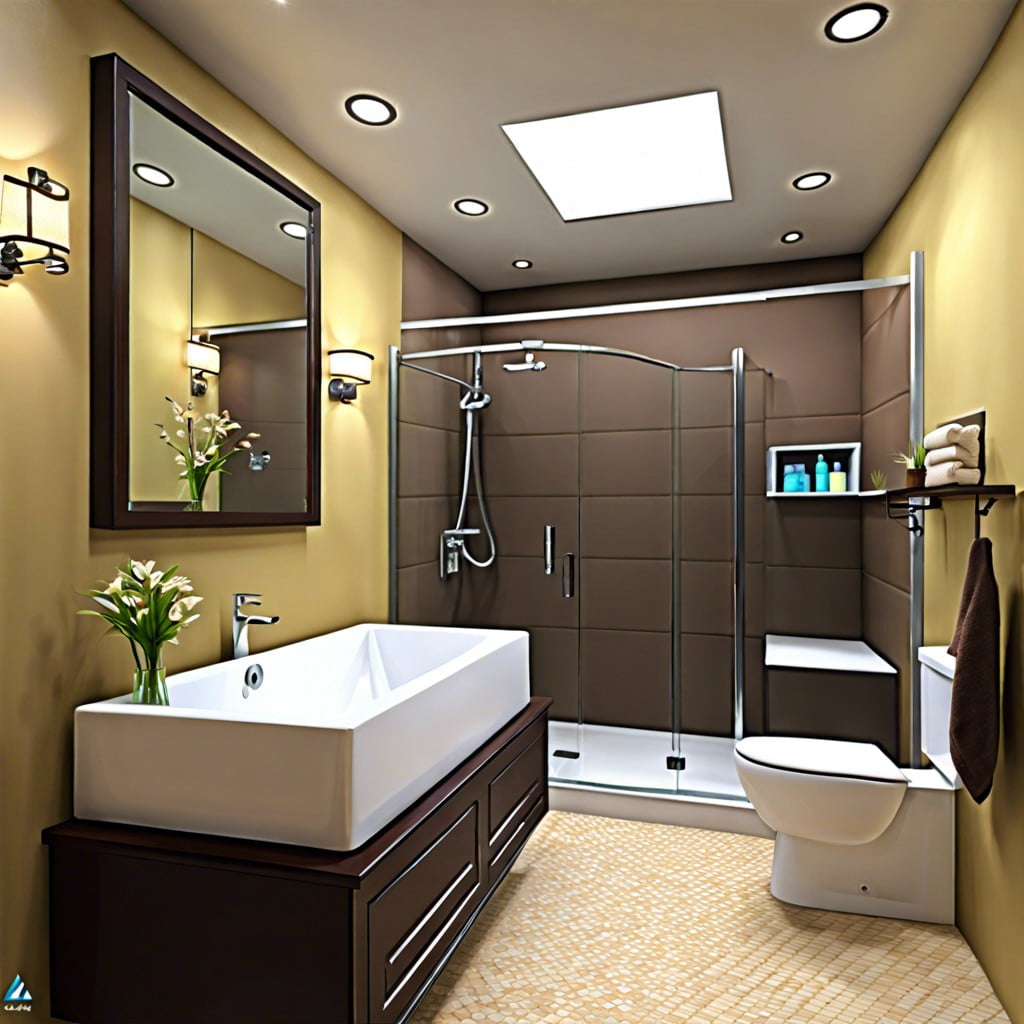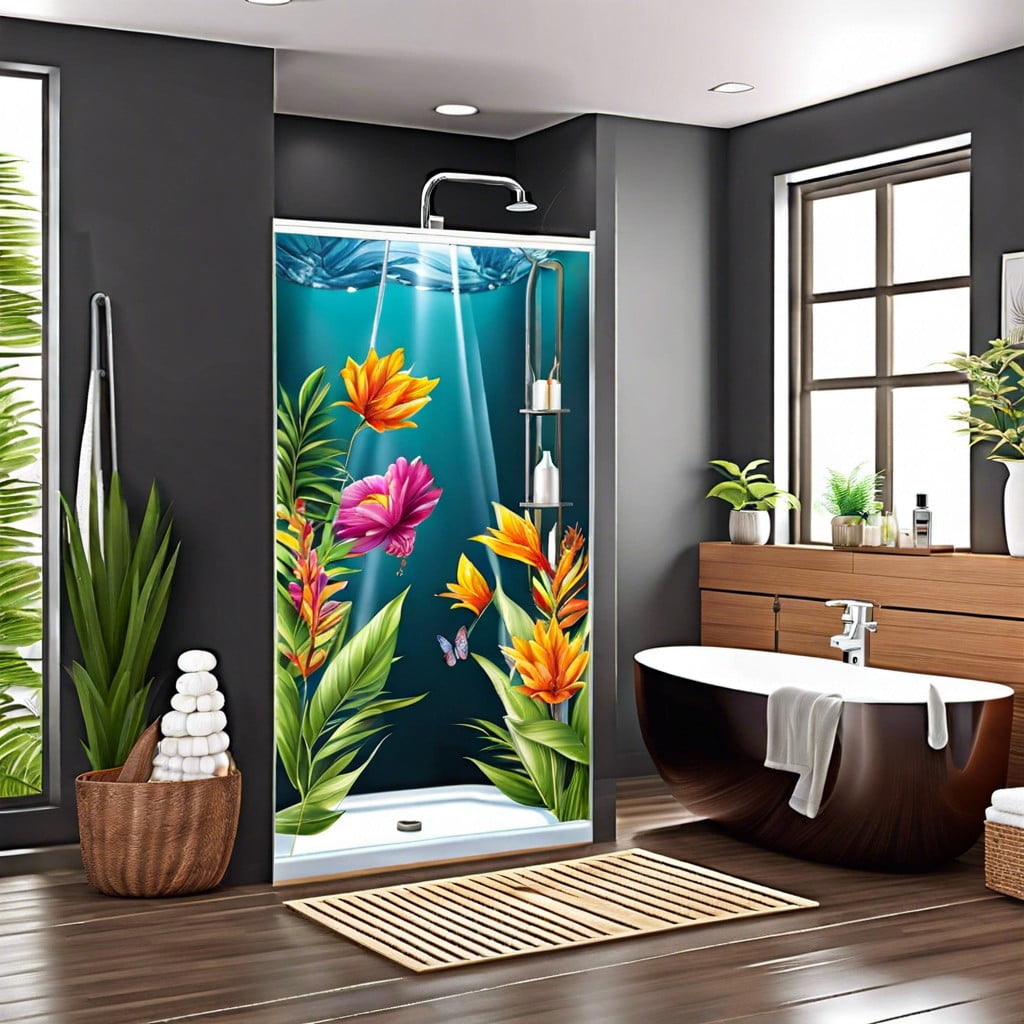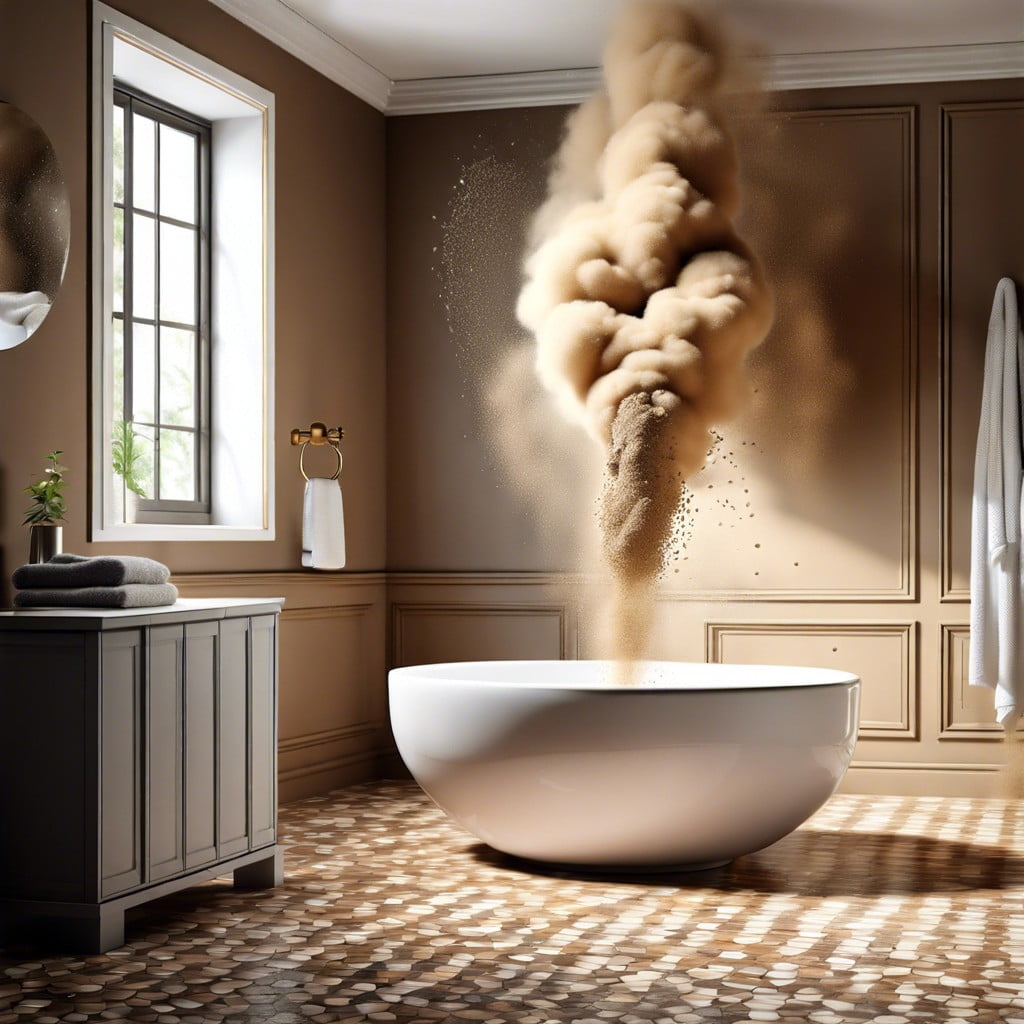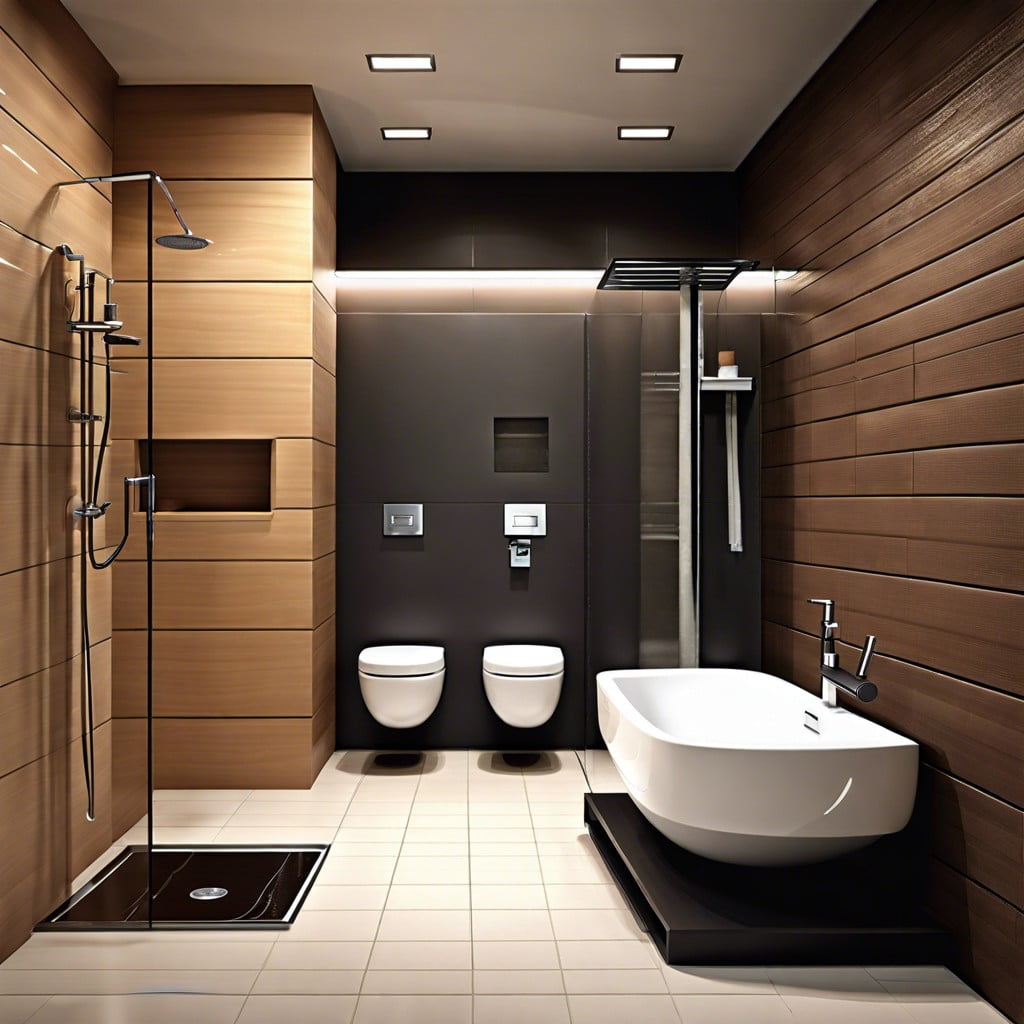Last updated on
Frequent urges to urinate can be disruptive, and understanding the potential causes is key to finding relief.
Key takeaways:
- Hormonal fluctuations can increase the urge to urinate in women.
- Urinary tract infections and bladder conditions can cause frequent urination.
- Lifestyle factors such as caffeine and alcohol can worsen frequency.
- Enlarged prostate and prostatitis are common causes in men.
- Consult a healthcare provider if accompanied by pain or other symptoms.
Recognizing Frequent Urination Patterns
Frequent urination is not necessarily about the clock ticking; it’s about your body signaling an issue. The sensation of needing to urinate numerous times over a short period can stem from various conditions, simple or complex.
Keep a diary to track your fluid intake and frequency of bathroom visits. Notice if your urge to pee disrupts daily activities or sleep, and check for patterns. Does anxiety trigger it, or perhaps certain foods and drinks? Keeping an eye on these patterns can be instrumental in pinpointing the cause and guiding your next steps to address it.
The Causes of Frequent Urination in Women
Hormonal fluctuations play a key role, particularly during menstruation, pregnancy, and menopause, often increasing the urge to void.
Urinary tract infections, prevalent among women, can irritate the bladder’s lining, causing a sensation of needing to urinate more often.
Bladder conditions, like interstitial cystitis, are another underlying factor that may contribute to persistent urges without a full bladder.
Furthermore, lifestyle inputs such as caffeine or alcohol can exacerbate the frequency, as both are diuretics that boost urine production.
Lastly, certain medications may have side effects that manifest as increased urination, underscoring the importance of reviewing potential pharmaceutical influences.
Addressing these factors is important for pinpointing the cause and seeking appropriate treatment.
Additional Causes of Frequent Urination in Men
Men might find their frequent trips to the bathroom are more than just a nuisance. The prostate gland, which only men possess, often plays a significant role. An enlarged prostate, medically known as benign prostatic hyperplasia (BPH), presses against the urethra, leading to incomplete emptying of the bladder and consequently, the feeling of needing to urinate more often.
Prostatitis, the inflammation of the prostate gland, can mimic the urgency pattern of a urinary tract infection, also giving rise to frequent bathroom visits.
However, less commonly discussed is overactive bladder (OAB). Marked by involuntary bladder contractions, OAB sends frequent urination signals even when the bladder isn’t full. Men might not talk about OAB frequently, but it’s a valid and treatable condition.
And while less pleasant to consider, issues such as prostate or bladder cancer can also be at the root of these symptoms. It’s essential for men experiencing such changes to get checked, as early detection can make a substantial difference in outcomes.
Lifestyle factors, too, can influence bladder health. Consumption of irritants like caffeine, alcohol, and certain acidic foods can exacerbate the urination frequency. Lastly, medications such as diuretics for blood pressure control can increase urinary frequency as a side effect.
Awareness and understanding of these causes are crucial, with a healthcare provider’s assessment ensuring a proper diagnosis and management plan.
Determining When to Consult a Healthcare Provider
Persistent discomfort from the constant urge to urinate can be more than a mere annoyance; it may signal underlying health issues. Pay close attention if symptoms such as pain during urination, blood in the urine, or lower back pain accompany your frequent trips to the restroom. These are red flags that should prompt an immediate call to your healthcare provider.
Sudden changes in urination frequency, especially if linked with fever or vomiting, also warrant professional advice. For those managing a chronic condition like diabetes, connecting with a doctor becomes necessary when urination patterns exacerbate despite stable blood sugar levels. Remember, timely intervention can prevent complications and lead to a more comfortable daily routine.
Next Steps and Treatments for Long-term Relief
Upon identifying that frequent urination is not merely a passing inconvenience, taking the next steps towards a solution is paramount. Initially, a detailed diary documenting fluid intake, urination frequency, and associated symptoms can provide valuable insights for healthcare providers.
Physicians may suggest lifestyle modifications as the first line of defense. These could include limiting caffeinated beverages and alcohol, both known diuretics that increase urine production. Pelvic floor exercises, especially in women post-childbirth, can strengthen the muscles involved in bladder control, providing more stability.
For those diagnosed with overactive bladder (OAB), medications such as anticholinergics can diminish urgency. Bladder retraining protocols encourage gradual increases in the time between bathroom visits, retraining the bladder to hold urine for longer periods.
In resistant cases, more advanced treatments like neuromodulation therapy – stimulating nerves to improve bladder control – or Botox injections into the bladder muscle may be recommended. These therapies aim to recalibrate the communication between the bladder and the nervous system.
Ultimately, working with a healthcare provider to tailor a treatment strategy appropriate to the individual’s symptoms and lifestyle can offer long-term relief from the anxiety and inconvenience of frequent urination.
Recap




